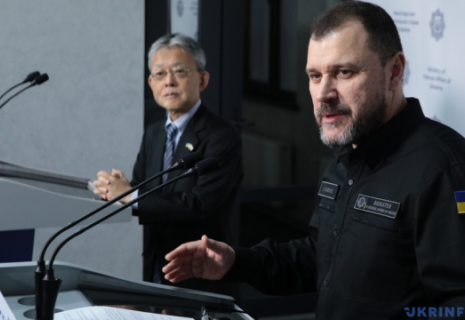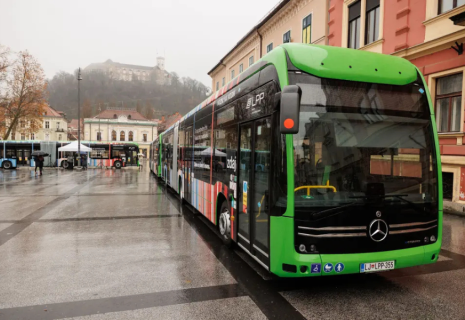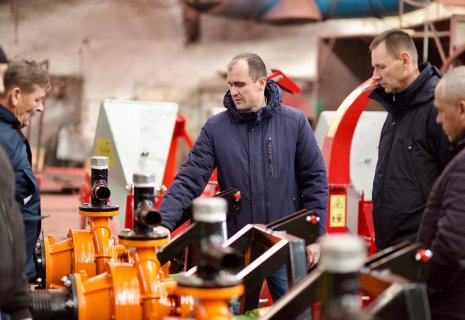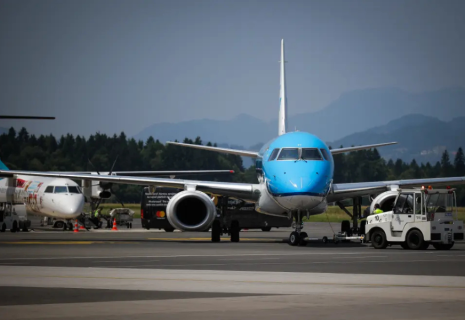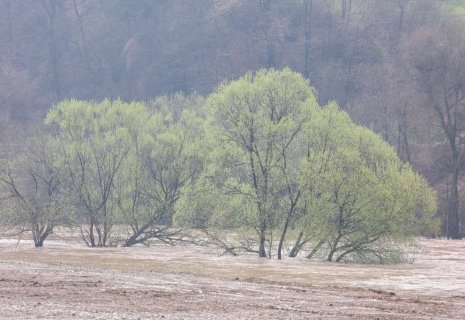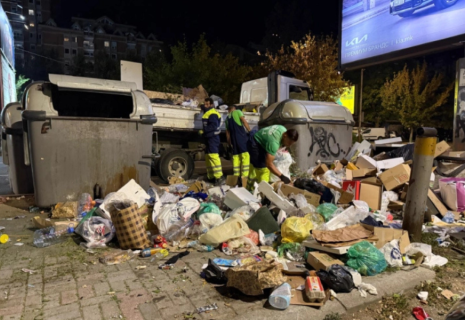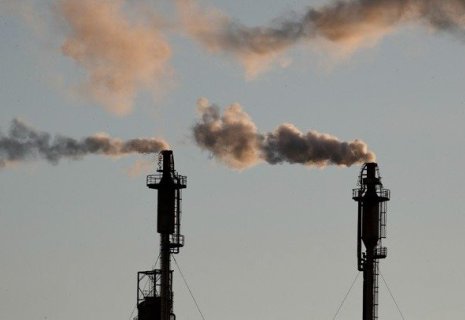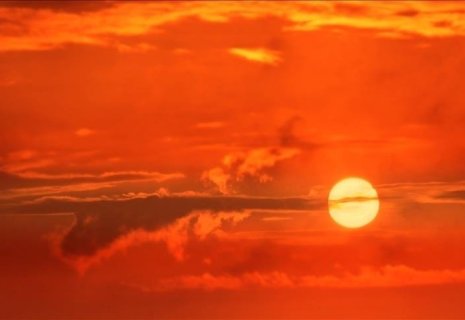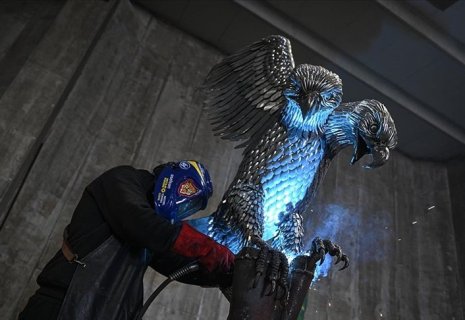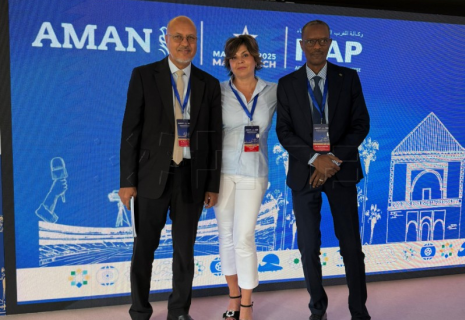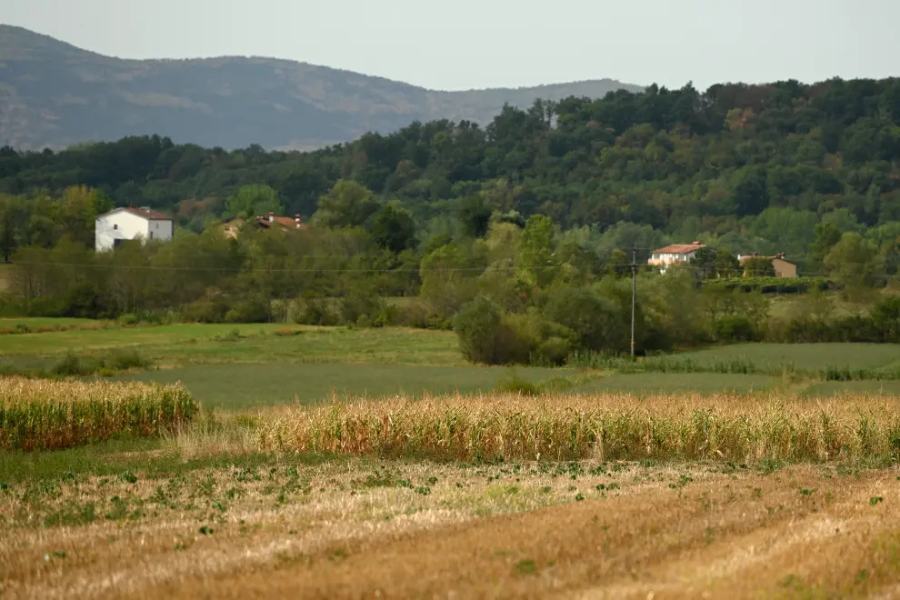
Slovenia faces critical water shortage
After almost a month of little to no rain and at the tail end of an unusually long three-week heat wave, much of Slovenia is in a state of severe drought. Soil is bone dry, crops are failing, and river levels are approaching dangerously low levels.
On 3 July the national Environment Agency declared severe drought for all regions except Podravje in the east and Primorska in the west, but even there conditions are getting worse, CE Report quotes The Slovenia Times.
Over the last 30-day period between 2% and 50% of normal rainfall has been recorded. The country is between 50 and 170 millimetres short of normal rainfall conditions.
It has been extremely warm, with temperature deviations of 3 to 4 degrees Celsius from the long-term average and the all-time record for June set at the end of the month.
"In most regions where we're seeing extreme drought conditions there is the biggest water deficit in the upper layer of soil for this time of year compared to the same period in 1991-2020," the agency said.
Farmers sounding the alarm
The Chamber of Agriculture and Forestry has warned that the ongoing drought has affected crops nationwide, including cereals, corn, grassland and vegetables. There are even cases of leaf scorch.
The drought and high temperatures occurred very early and will have a major impact on crop growth. If the extreme conditions continue, the yield of fruit, hops, corn and other crops will be severely reduced.
Slovenia has a poorly developed system or irrigation and last year only about 6,500 hectares of farmland was irrigated, just 1.5% of total farmland, according to Environment Agency data.
Andrej Rebernišek, head of the Ptuj unit of the Chamber of Agriculture and Forestry, told the Slovenian Press Agency (STA) this needed to change.
"The same way we're building motorways, we should be building irrigation systems. This should be the country's strategic plan," he said.
River levels low
River levels are currently very low, which has already severely reduced hydroelectric power generation.
In June, hydroelectric power generation on the rivers Drava, Sava and Soča declined by 39% year-on-year and 30% compared to the five-year average, the state-owned power utility HSE said.
In the first half of the year, the figure also saw a decline as it dropped by 27% compared to the same period last year, or 8% compared to the five-year average.
Meanwhile, the cooling towers at the Krško nuclear power plant have been turned on since mid-June due to high temperatures of the Sava River, which means that the plant's efficiency is currently somewhat lower.
Little reprieve in sight
The situation is unlikely to improve soon. Thunderstorms are forecast this weekend and early next week, but after such a long dry spell, several days of rain is needed to really irrigate the soil.
Luckily, temperatures will fall from the mid 30s to the high 20s next week.


